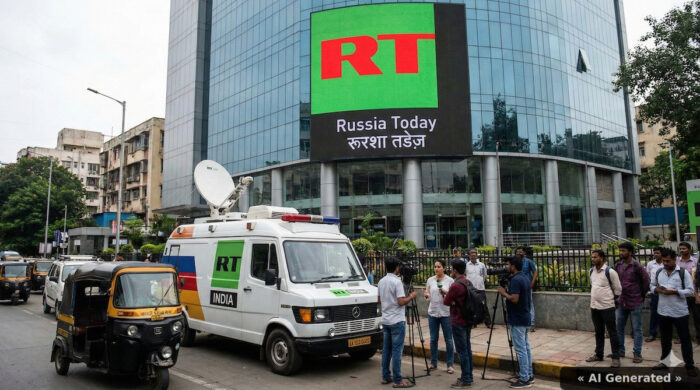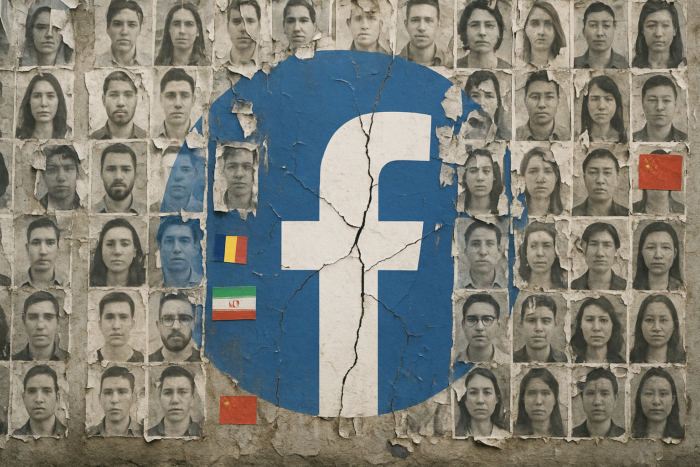The Alliance for Securing Democracy has published a report titled “Leaks, Lies, and Altered Tape, Russia’s Maturing Information Manipulation Playbook” that provides a comprehensive look at the various categories of Russian disinformation efforts. The report begins:
In 2016 the Russian government and its proxies interfered in the U. S. presidential election in a “sweeping andsystematic” fashion. 1Thanks to multiple bipartisan investigations and the work of researchers and journalists, rich detail about that operation—and the tools Russia’s disinformation agents used to execute it—are availableto the public. In 2020 Americans are again preparing to elect a president. As the U. S. intelligence community assessed, and FBI Director Christopher Wray confirmed in recent testimony before Congress, Russia is conductinga “very active” interference campaign. 2Since 2016, Russia’s interference activity in the United States, and elsewhere around the world, has not abated. That’s because elections are a flashpoint for Russian information operations, but not the start or endpoint of thisactivity, which targets a broad range of polarizing or contentious political events. Over the past four years, thetactics, techniques, and procedures (TTPs) the Russian government and its proxies use to manipulate information and carry out deceptive campaigns have matured. These include:
• Co-opting authentic domestic voices and institutions, often by co-locating trolls within a target population, renting social media accounts of local actors, entrapping local leaders in “interviews” with purported journalists, recruiting real activists to foment protests, or mimicking or appropriating the names of local groups;
• Exploiting the anticipation of manipulation to claim that manipulation has occurred, often through false flag operations, or the amplification of homegrown conspiracy theories;
• Practicing tailored influence, by working through micro-influencers and in closed groups;
• Exploiting the full information ecosystem to launder a narrative, by seeding it with authentic domestic actors, deploying quasi-transparent Russian-supported media properties, and exploiting data voids.Broadly speaking, we are witnessing a marked shift toward harder to detect, more targeted information operations that cover greater swaths of the information ecosystem, likely carried out by Russian military intelligence.That is a very different challenge than the one policymakers faced in 2016, when the threat was not yet fully comprehended, and in 2018, when the threat appeared to be largely driven by Internet Research Agency (IRA) trolls.
Read the full report here.
The GIOR has been reporting extensively on Russian influence operations.








